Home>Technology>Smart Home Devices>How To Scan Document On HP Printer
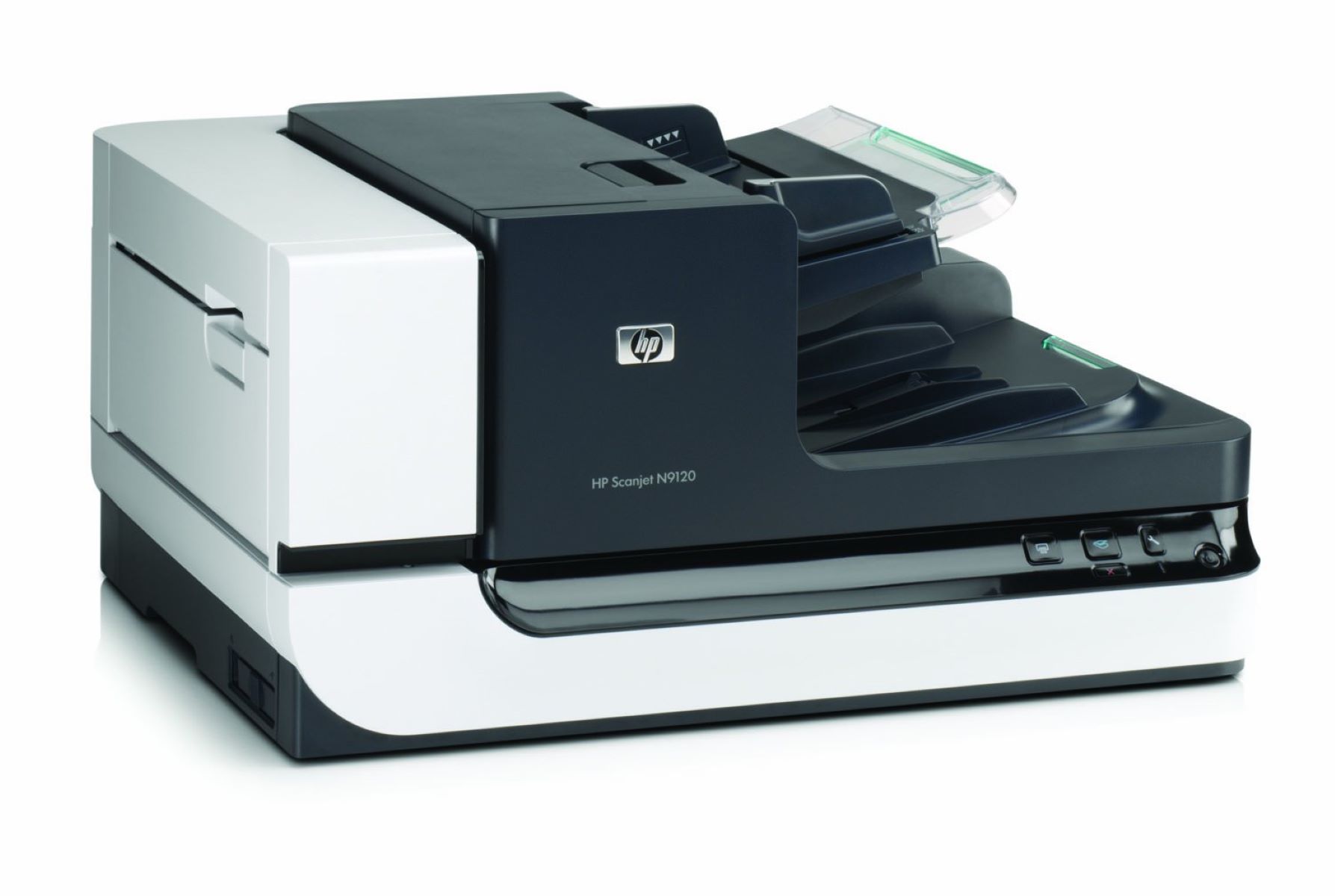

Smart Home Devices
How To Scan Document On HP Printer
Modified: May 6, 2024
Learn how to easily scan documents on your HP printer and integrate it with your smart home devices. Streamline your scanning process today!
(Many of the links in this article redirect to a specific reviewed product. Your purchase of these products through affiliate links helps to generate commission for Storables.com, at no extra cost. Learn more)
Introduction
Introduction
Welcome to the digital era, where the convenience and efficiency of smart home devices have revolutionized everyday tasks. Among these devices, the HP printer stands out as a versatile tool that extends beyond traditional printing capabilities. With its built-in scanning functionality, the HP printer empowers users to effortlessly digitize documents, photos, and more with just a few simple steps.
In this comprehensive guide, we will delve into the process of scanning documents on an HP printer, providing you with a detailed roadmap to navigate this essential feature. Whether you are a seasoned HP printer user or a newcomer exploring its capabilities, this article aims to equip you with the knowledge and confidence to harness the full potential of your device.
Join us as we embark on a journey through the seamless world of HP printer scanning, where physical documents seamlessly transition into digital assets at the touch of a button. Let's unlock the power of convenience and accessibility as we demystify the process of scanning documents on an HP printer.
Key Takeaways:
- Setting up your HP printer for scanning is crucial. Ensure proper connectivity, install HP software, configure settings, and, if applicable, set up network scanning for a smooth document digitization process.
- Scanning documents on an HP printer is a seamless process. Simply place the document, initiate the scan, adjust settings if needed, and save or share the digitized document with ease.
Setting up the HP Printer for Scanning
Before diving into the scanning process, it’s crucial to ensure that your HP printer is properly set up to execute this function. Whether you have a standalone printer or a multifunction device with scanning capabilities, the initial setup is a fundamental step in the seamless integration of scanning into your workflow.
Here’s a step-by-step guide to setting up your HP printer for scanning:
- Connectivity: Ensure that your HP printer is connected to your computer or network. Whether it’s through a USB cable, a wireless network, or an Ethernet connection, a stable and functional link between your computer and the printer is essential for successful scanning.
- Installation of HP Software: Install the HP printer software on your computer. This software, often available on the HP website, includes the necessary drivers and utilities for scanning. Follow the on-screen instructions to complete the installation process, ensuring that the software is compatible with your operating system.
- Configuration: Once the software is installed, configure the printer settings to enable scanning. This may involve selecting the default scan settings, specifying the destination for scanned documents, and customizing other preferences according to your requirements.
- Network Scanning (if applicable): If your HP printer supports network scanning, ensure that the network settings are correctly configured. This typically involves accessing the printer’s web interface or control panel to input network details, such as the IP address and gateway, facilitating seamless communication between the printer and your computer.
By following these steps, you can establish a solid foundation for scanning on your HP printer, setting the stage for a smooth and efficient document digitization process. With the groundwork laid out, we are now ready to explore the process of scanning a document using the HP printer.
Scanning a Document Using the HP Printer
Now that your HP printer is primed for scanning, let’s embark on the exciting journey of digitizing documents with ease. Whether it’s a vital contract, cherished family photos, or important receipts, the HP printer empowers you to effortlessly convert physical documents into digital format, preserving and sharing them with unparalleled convenience.
Follow these simple steps to scan a document using your HP printer:
- Placement: Position the document to be scanned on the flatbed or in the automatic document feeder (ADF) of your HP printer, ensuring that it is neatly aligned and free from any folds or creases that may affect the scanning process.
- Initiating the Scan: On the control panel of the HP printer or through the HP scanning software on your computer, select the scan function. Depending on the model of your HP printer, you may have the option to choose the scan type, such as color, grayscale, or black and white, to suit the nature of the document.
- Document Settings: If necessary, adjust the scan settings to tailor the output to your specific requirements. This may include selecting the desired resolution, specifying the file format (such as PDF or JPEG), and configuring any additional parameters that optimize the scanned document to your preference.
- Preview (if available): Some HP printers offer a preview option, allowing you to visualize the scanned document before finalizing the process. This feature enables you to make any last-minute adjustments, ensuring that the digitized document meets your expectations.
- Initiate the Scan: Once you are satisfied with the settings and document placement, initiate the scan. Depending on the complexity and size of the document, the scanning process may take a few moments to complete. During this time, the HP printer diligently captures every detail, transforming the physical content into a digital representation.
As the scanning process concludes, you are greeted with a digital rendition of your document, seamlessly transitioning it into the realm of digital assets. With the document successfully scanned, you are now equipped to explore the next phase of the process: adjusting scan settings to further enhance the digitized content.
Adjusting Scan Settings
Empowered by the ability to scan documents, the HP printer offers a spectrum of settings that allow you to tailor the scanning process to your precise requirements. From fine-tuning the resolution to selecting the ideal file format, these settings provide a wealth of customization options, ensuring that the digitized documents align with your vision.
Here’s a comprehensive guide to adjusting scan settings on your HP printer:
- Resolution: The resolution determines the level of detail captured during the scanning process. Higher resolutions result in sharper and more detailed scans, making it ideal for documents with intricate graphics or fine text. Conversely, lower resolutions yield smaller file sizes, suitable for documents where high detail is not crucial.
- File Format: The file format dictates the manner in which the scanned document is saved. Common formats include PDF, JPEG, and PNG, each offering distinct advantages. PDF is renowned for its versatility and compatibility, while JPEG excels in preserving visual content with minimal compression.
- Color Mode: Depending on the nature of the document, you can select the appropriate color mode. For colorful images or graphics, the color mode preserves the vibrancy and fidelity of the original content. In contrast, black and white mode is ideal for text-heavy documents, enhancing readability while minimizing file size.
- Cropping and Alignment: Some HP printers feature advanced scanning options, allowing you to crop and align the scanned document directly from the control panel or scanning software. This feature streamlines the digitization process, enabling you to refine the boundaries of the scanned content with precision.
- Image Enhancement: Explore image enhancement options, such as brightness and contrast adjustments, to refine the visual quality of the scanned document. These enhancements can optimize the legibility and visual appeal of the digitized content, ensuring that it accurately reflects the original document.
By navigating these scan settings, you wield the power to sculpt the scanning process to your exact specifications, transforming physical documents into meticulously tailored digital assets. With the scan settings adjusted to perfection, the next step involves preserving and sharing the scanned documents seamlessly – a journey we will embark on shortly.
Place the document face-down on the scanner glass and close the lid. Open the HP printer software on your computer and select “Scan.” Choose the type of scan you want and adjust any settings. Click “Scan” to start the process.
Read more: How To Scan Documents On A Printer
Saving and Sharing Scanned Documents
Having meticulously scanned your documents and fine-tuned the settings to perfection, the next pivotal phase involves preserving and sharing these digital assets with seamless efficiency. The HP printer, equipped with an array of saving and sharing options, empowers you to effortlessly store and disseminate the digitized documents, ensuring that they are readily accessible whenever the need arises.
Let’s explore the process of saving and sharing scanned documents using your HP printer:
- Destination Selection: Upon completing the scan, your HP printer presents you with the option to select the destination for the scanned document. This may include your computer, a connected storage device, a cloud storage service, or an email address, depending on the capabilities of your HP printer and the desired accessibility of the document.
- File Naming and Organization: Before saving the scanned document, consider assigning a descriptive and recognizable file name. This facilitates easy retrieval and organization, especially when dealing with multiple scanned documents. Additionally, you may opt to categorize the document into specific folders or directories, streamlining your digital document management system.
- File Format and Compression: Choose the appropriate file format that aligns with your intended use of the document. For versatile compatibility and preservation of document structure, PDF is a popular choice. Additionally, consider the compression options, especially when sharing documents via email or through limited storage mediums, balancing file size with visual fidelity.
- Cloud Integration (if applicable): If your HP printer offers cloud integration, leverage this feature to seamlessly store and access scanned documents from cloud services such as Google Drive, Dropbox, or Microsoft OneDrive. This integration fosters accessibility and collaboration, enabling you to harness the power of cloud-based document management.
- Sharing Options: If immediate sharing is imperative, your HP printer may provide direct sharing options, allowing you to email the scanned document directly from the device. Alternatively, you can save the document to a designated location and share it through conventional methods, such as email attachments or file sharing services.
With the scanned documents securely stored and readily shareable, the HP printer empowers you to seamlessly transition from the physical realm to the digital domain, where accessibility and preservation converge with unparalleled ease. As we navigate the intricacies of saving and sharing scanned documents, it’s essential to be equipped with troubleshooting insights to address common scanning issues that may arise – a topic we will delve into next.
Troubleshooting Common Scanning Issues
While the process of scanning documents using an HP printer is designed to be intuitive and seamless, occasional hiccups may arise, impacting the scanning experience. These challenges, ranging from connectivity issues to software discrepancies, can be effectively addressed with a strategic approach to troubleshooting, ensuring that the scanning process remains fluid and efficient.
Here are some common scanning issues and their troubleshooting remedies:
- Connection Errors: If your HP printer is experiencing connectivity issues, ensure that the physical connections, such as USB cables or Ethernet connections, are secure and intact. For wireless connectivity, verify that the printer is connected to the correct network and that the signal strength is sufficient for reliable communication.
- Driver and Software Updates: Outdated or incompatible printer drivers and software can impede the scanning process. It’s advisable to check for updates on the HP website or through the HP printer software installed on your computer. Installing the latest drivers and software patches can resolve compatibility issues and enhance overall performance.
- Document Jams or Misfeeds: In the case of physical document mishaps, such as paper jams or misfeeds in the automatic document feeder (ADF), carefully remove the obstructing documents and ensure that the feeding mechanisms are clear of any debris. Properly align the documents before resuming the scanning process to prevent future incidents.
- Quality and Calibration: If the scanned documents exhibit subpar quality or inconsistencies, consider calibrating the scanner to optimize performance. This may involve accessing the scanner’s settings to execute a calibration routine, ensuring that the scanning mechanism operates at peak efficiency.
- Network Configuration: For network-enabled HP printers, network configuration issues can impede scanning functionality. Verify that the printer’s network settings align with those of your computer or network environment, addressing any discrepancies that may hinder seamless communication.
By addressing these common scanning issues with precision and attentiveness, you can maintain a robust and reliable scanning experience with your HP printer. As we conclude our troubleshooting segment, it’s evident that the HP printer not only streamlines the scanning process but also offers a comprehensive support system to address potential challenges, ensuring a seamless user experience.
Conclusion
Congratulations on embarking on a comprehensive journey through the realm of scanning documents using an HP printer. From setting up the printer for scanning to troubleshooting common issues, we’ve navigated the intricacies of harnessing the scanning capabilities of this versatile device, empowering you to seamlessly transition from physical documents to digital assets with unparalleled ease.
As we conclude this guide, it’s essential to reflect on the transformative impact of the HP printer’s scanning functionality. By effortlessly digitizing documents, photos, and other content, the HP printer transcends its traditional role, becoming a gateway to a more streamlined and accessible document management experience. Whether it’s preserving cherished memories or facilitating seamless collaboration through digitized documents, the HP printer stands as a beacon of convenience and efficiency in the modern age.
Armed with the knowledge gained from this guide, you are poised to embark on your scanning endeavors with confidence, equipped to navigate the nuances of document digitization and seamlessly integrate the digitized content into your workflow. The HP printer, with its intuitive scanning capabilities, serves as a steadfast ally in your quest for enhanced productivity and accessibility.
As technology continues to evolve, the HP printer remains a stalwart companion, adapting to the dynamic needs of modern document management and empowering users to traverse the digital landscape with unparalleled ease. With its seamless scanning functionality, the HP printer transcends conventional boundaries, ushering in a new era of digitized efficiency and accessibility.
Thank you for accompanying us on this enlightening journey through the world of scanning documents on an HP printer. May your scanning endeavors be imbued with seamless efficiency and transformative convenience, as you harness the power of digitization to elevate your document management experience.
Now that you've mastered scanning documents with your HP printer, you might wonder what other capabilities these versatile machines have. For those curious about devices that print, scan, copy, and sometimes fax all in one, diving into our article on multifunction printers will shed some light. These devices streamline multiple tasks into one compact unit, perfect for both home and office use. Don't miss out on understanding how a multifunction printer can simplify your daily tasks and enhance your productivity.
Frequently Asked Questions about How To Scan Document On HP Printer
Was this page helpful?
At Storables.com, we guarantee accurate and reliable information. Our content, validated by Expert Board Contributors, is crafted following stringent Editorial Policies. We're committed to providing you with well-researched, expert-backed insights for all your informational needs.
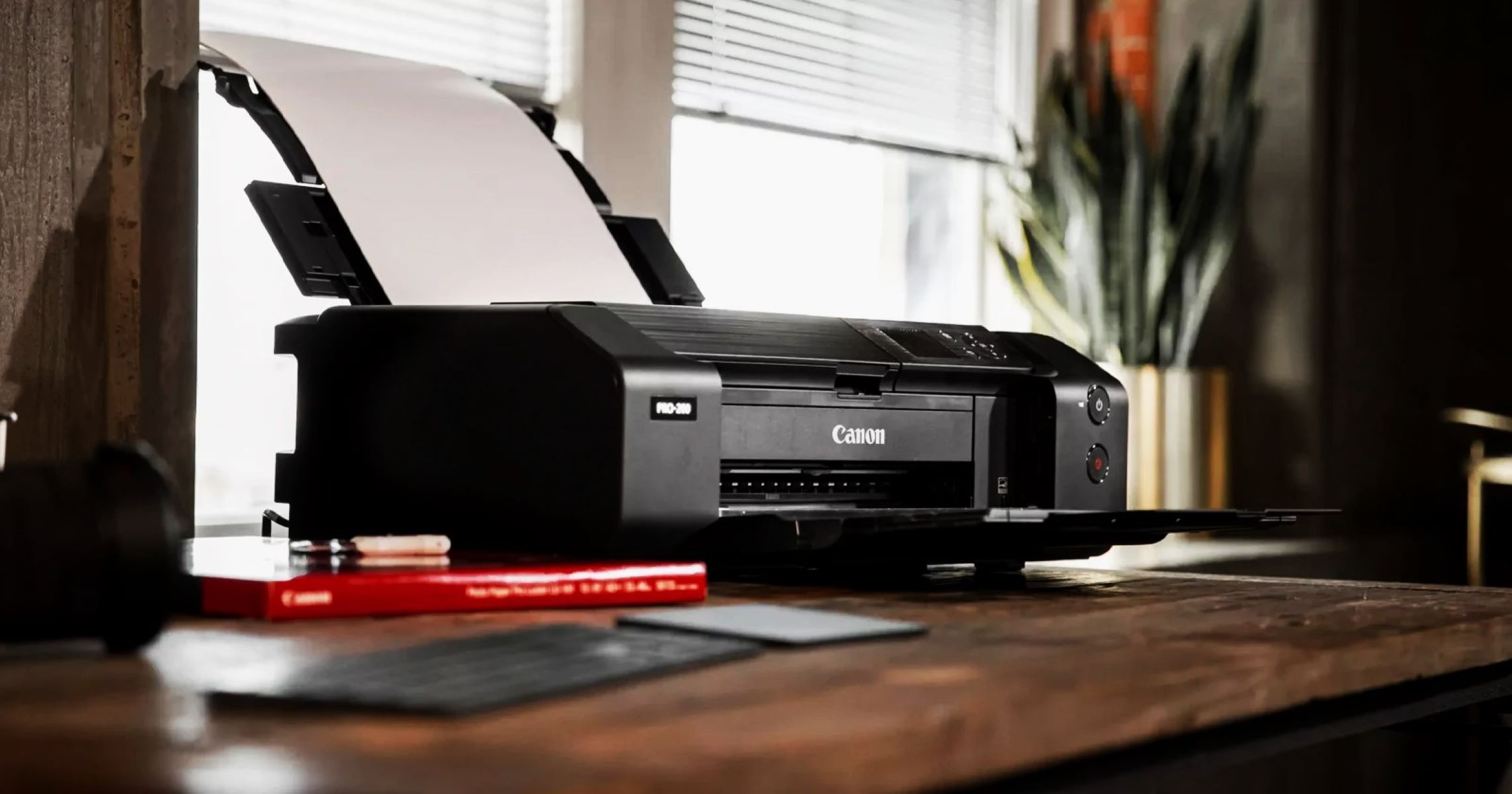
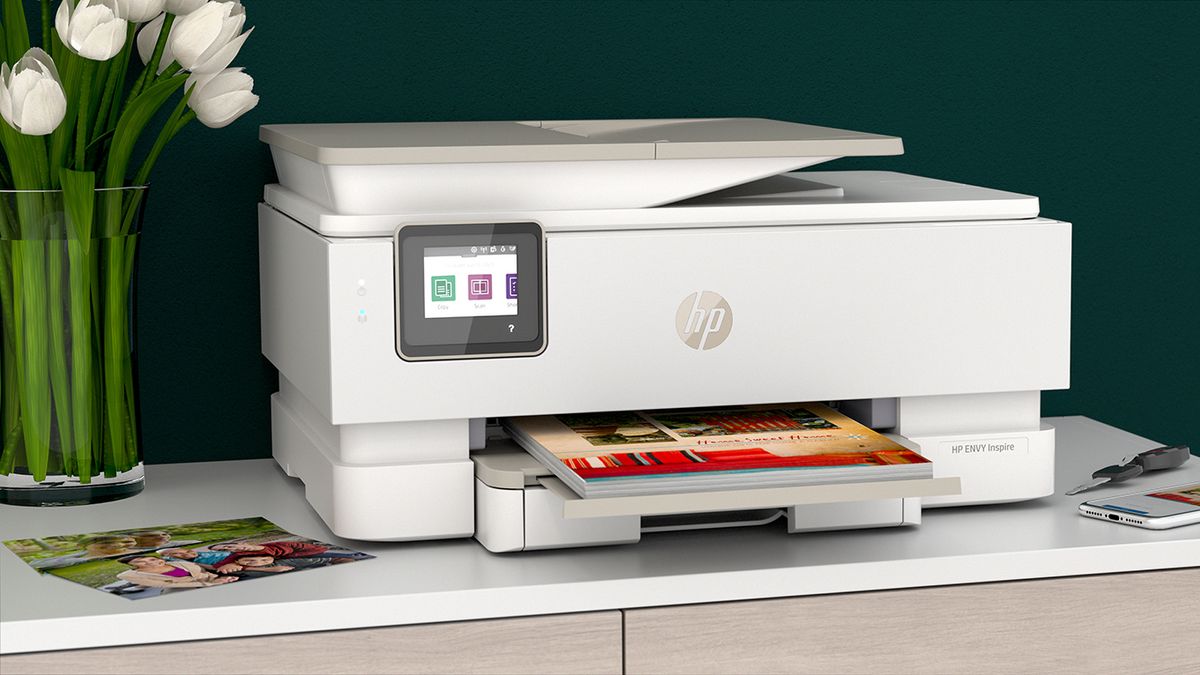
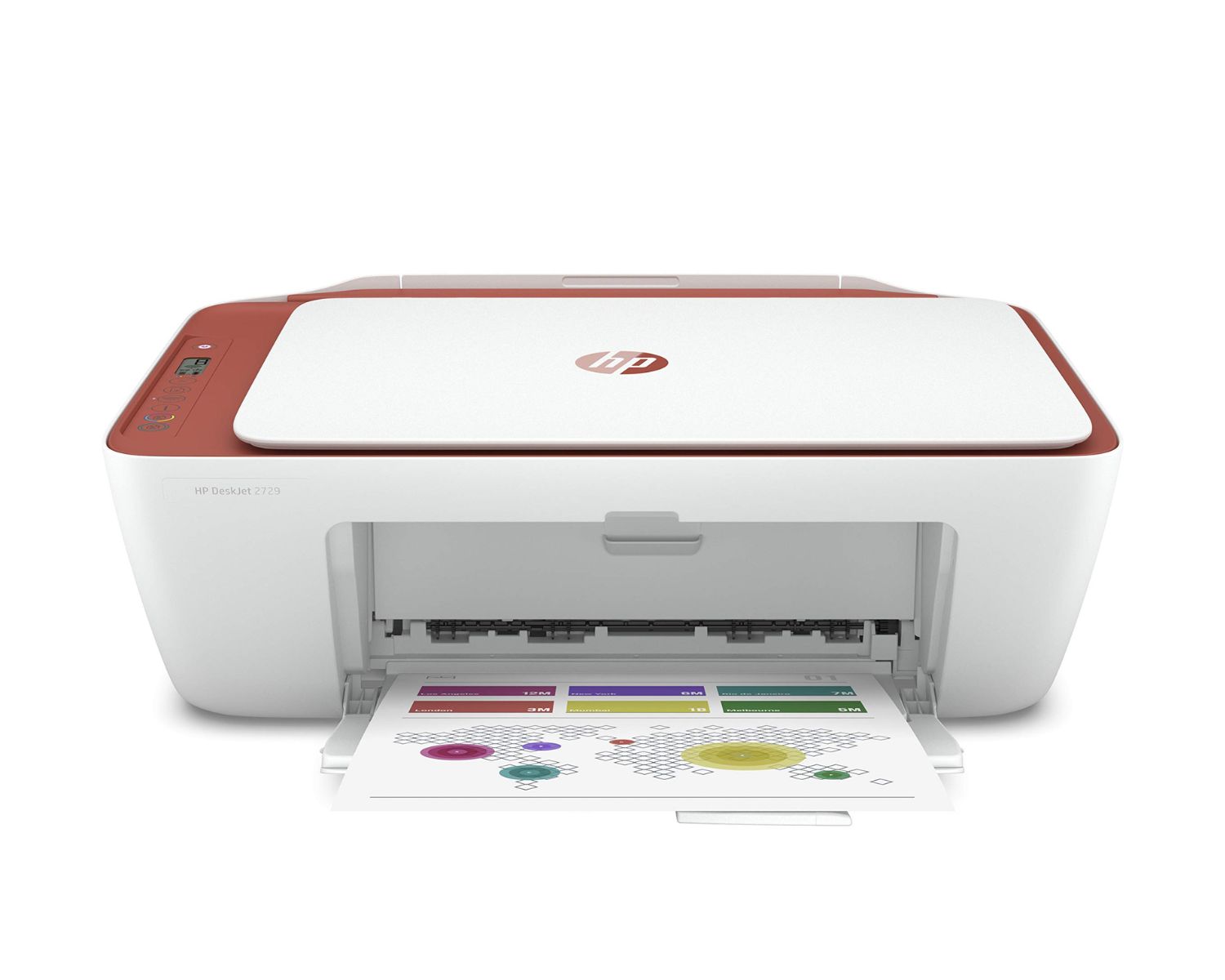
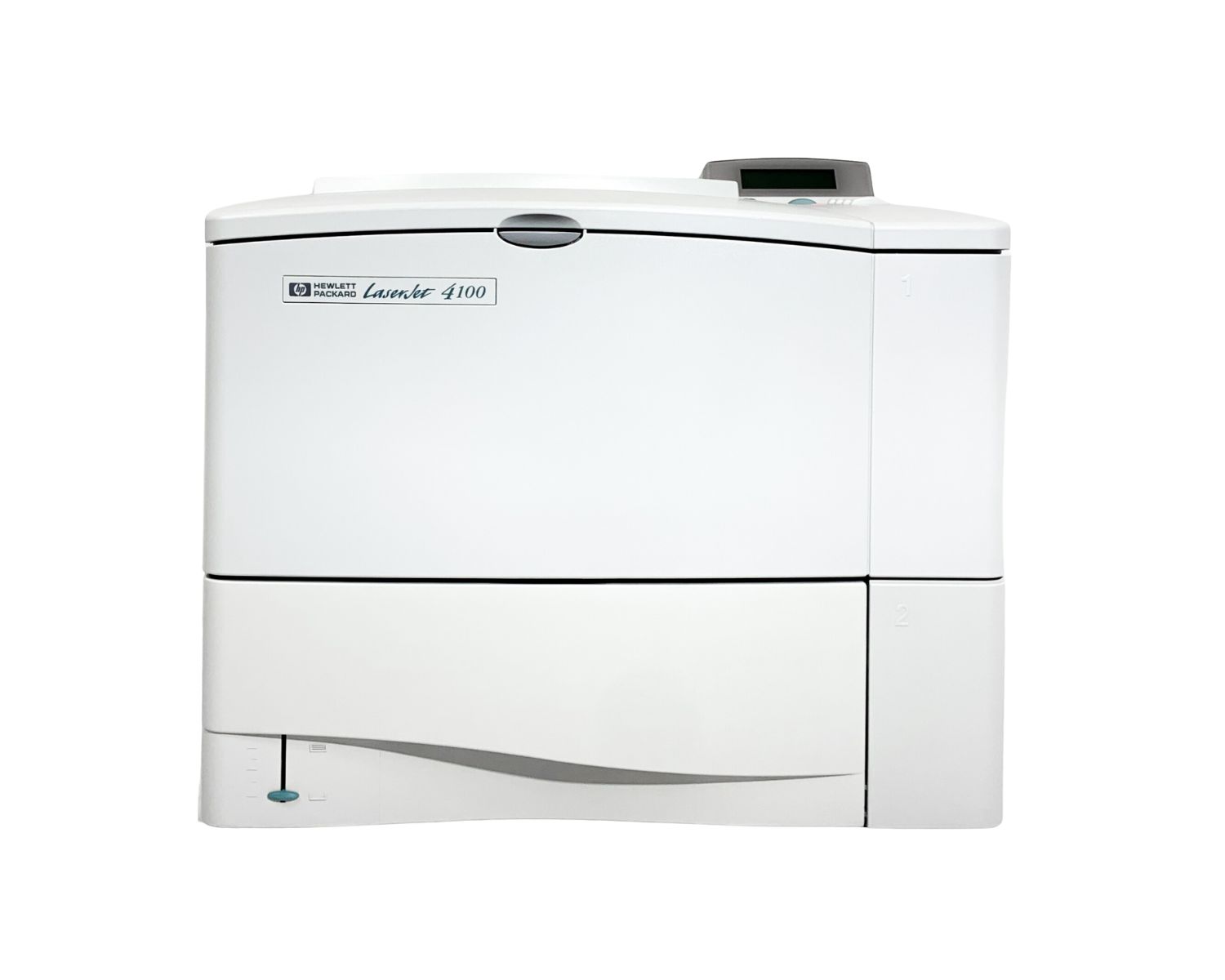

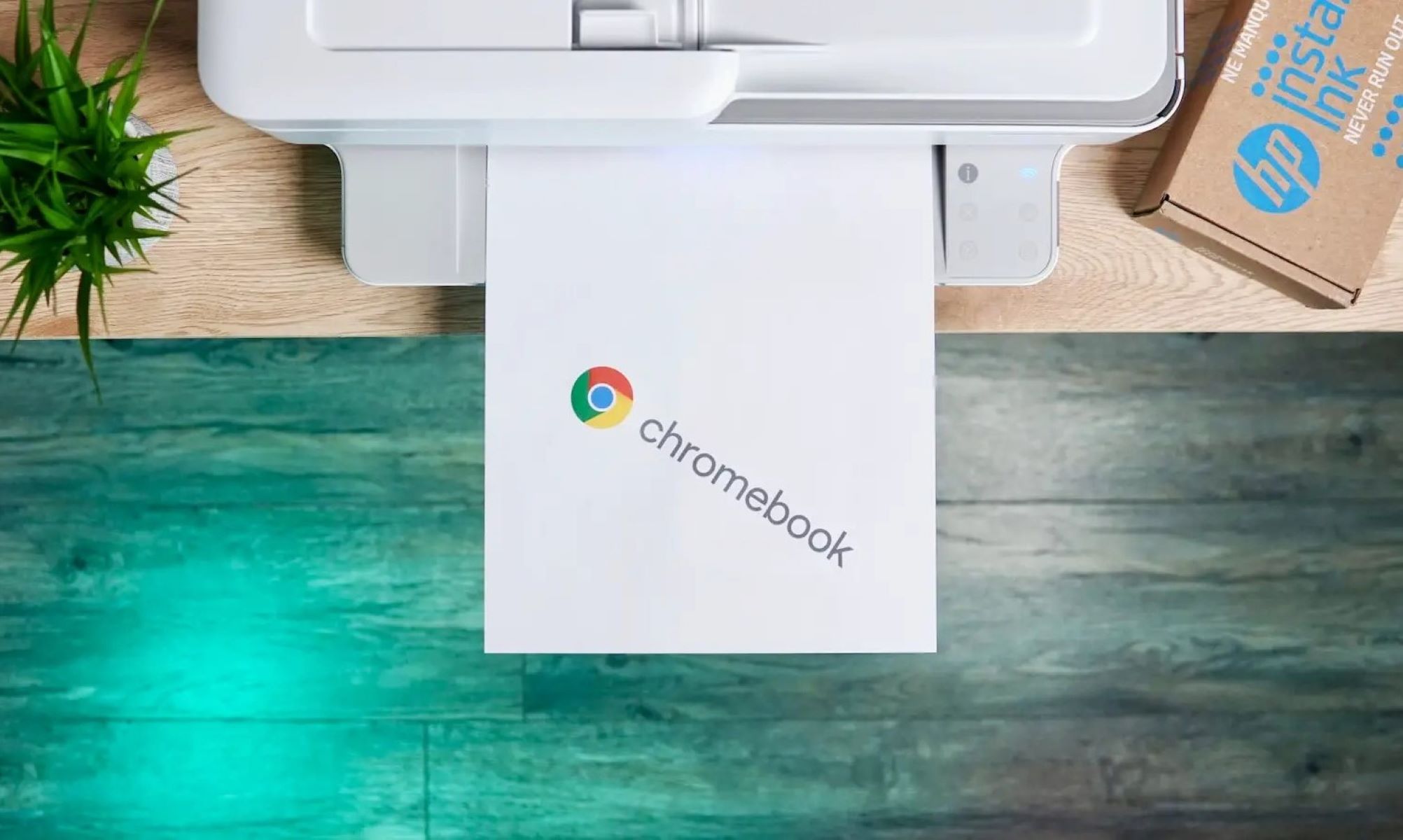

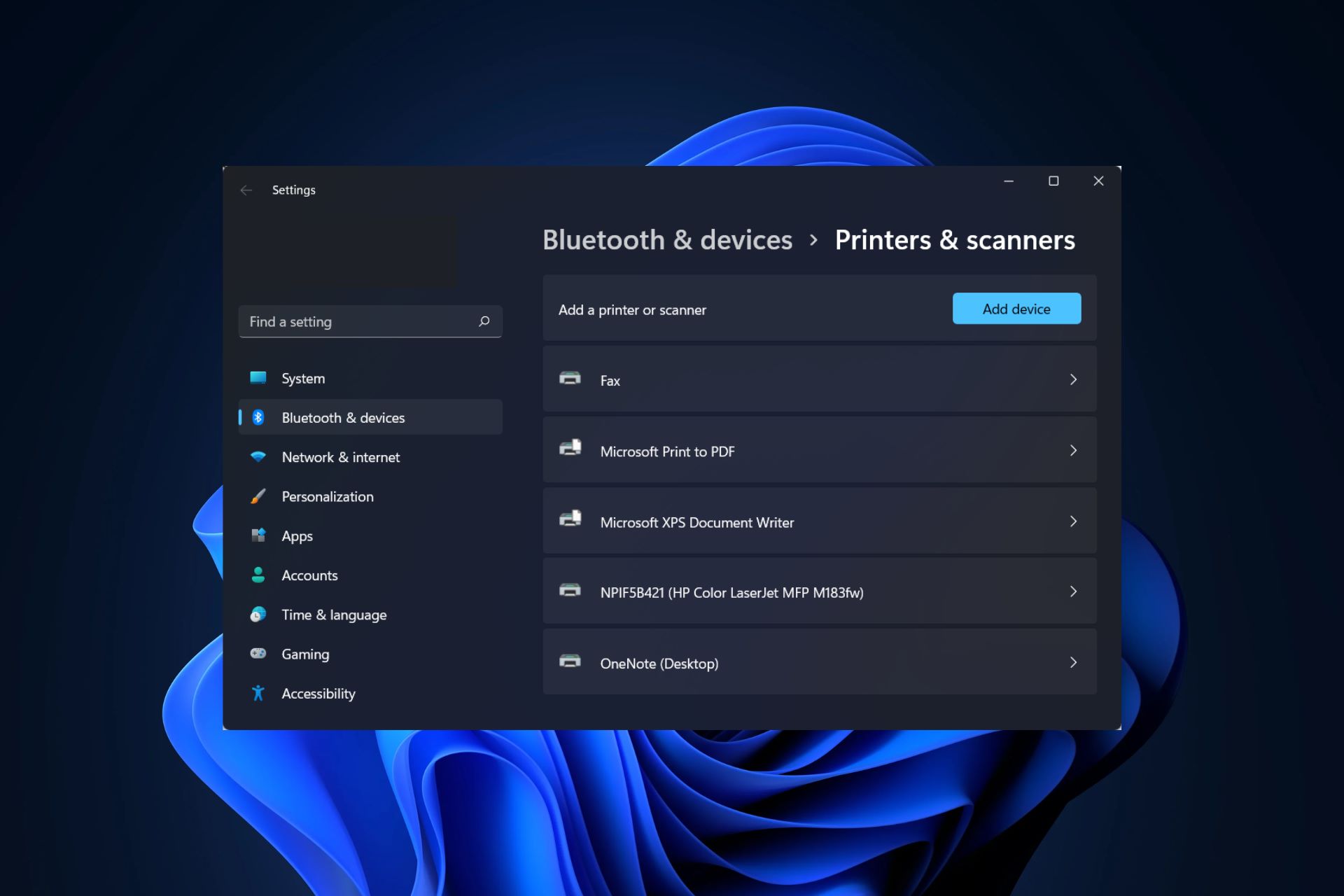
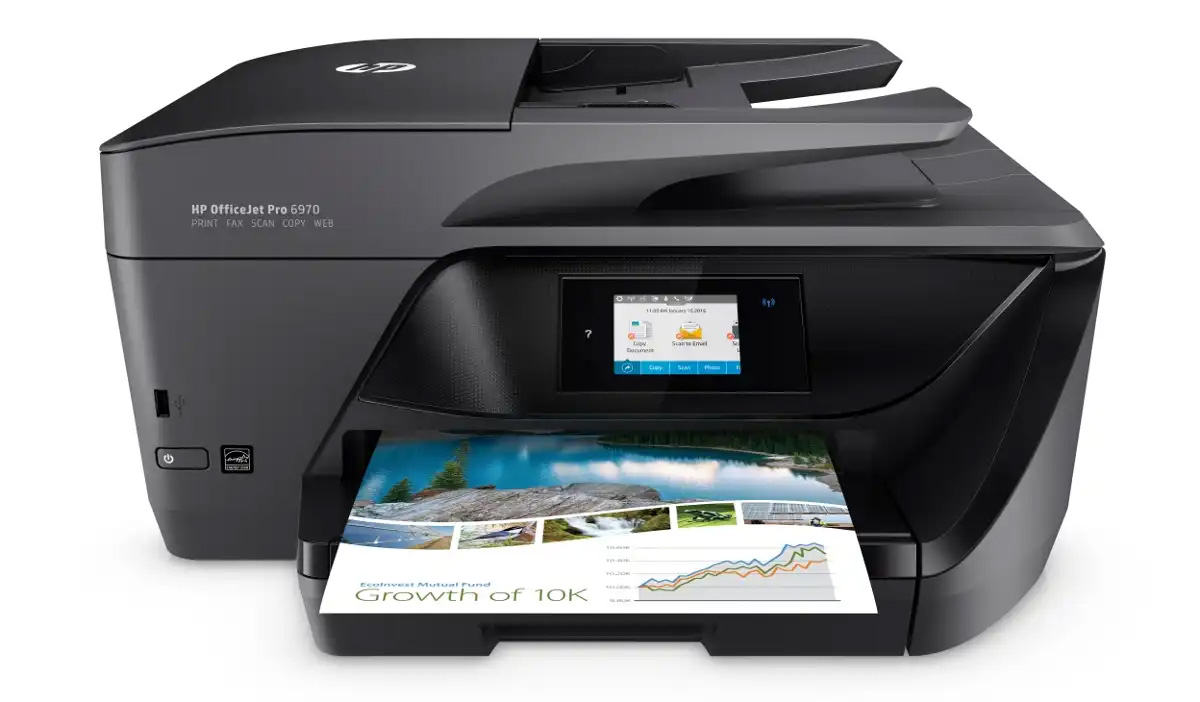
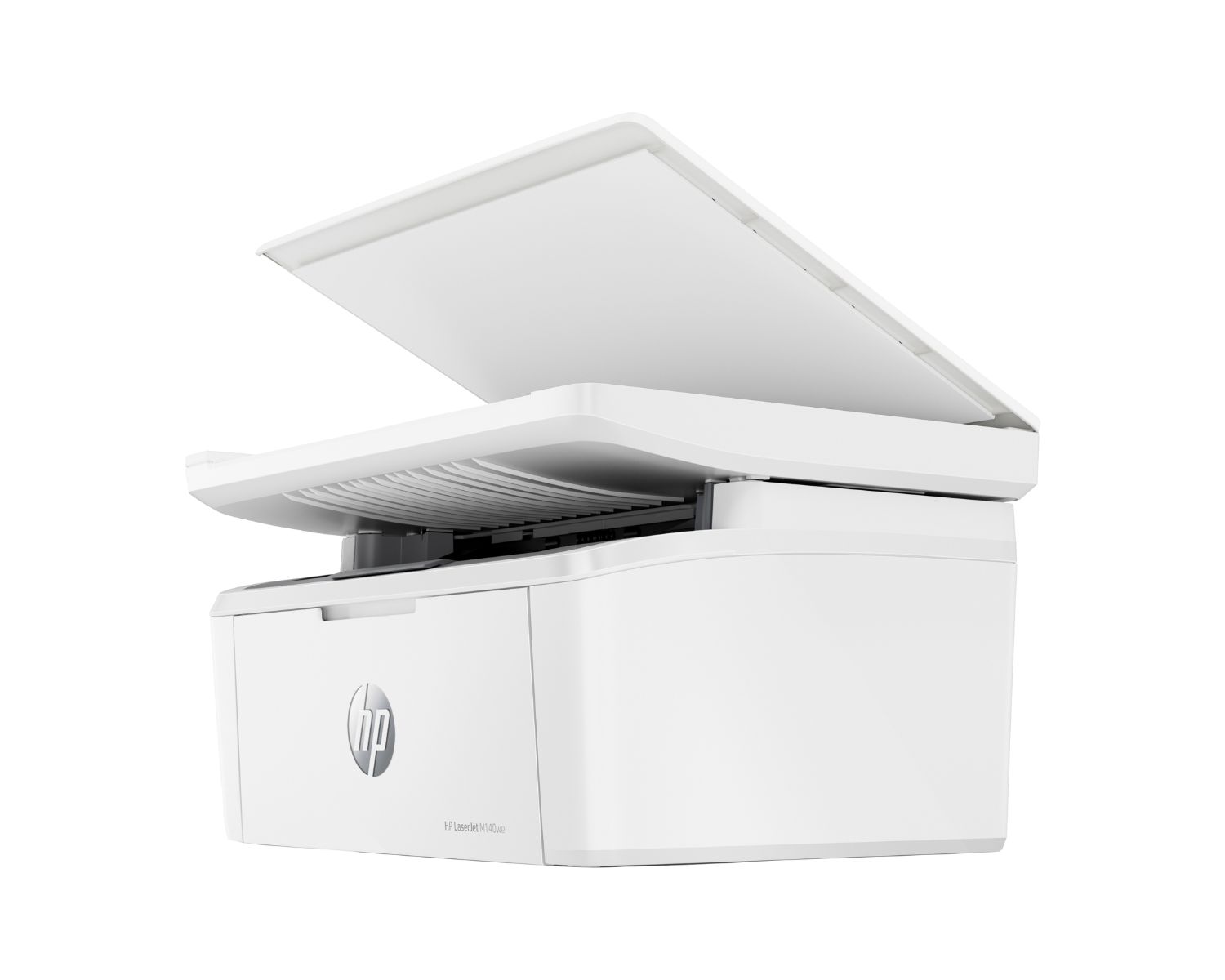

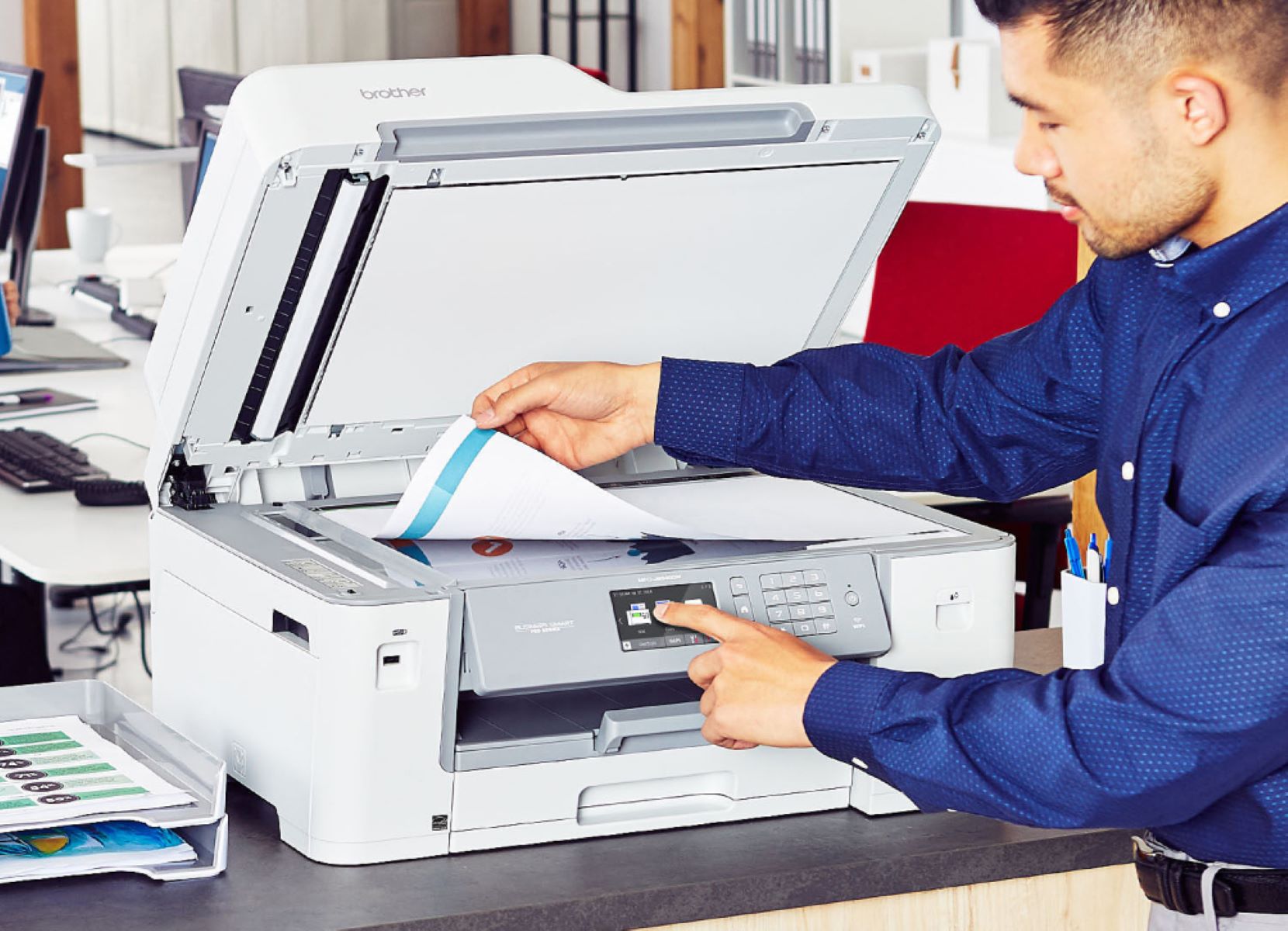
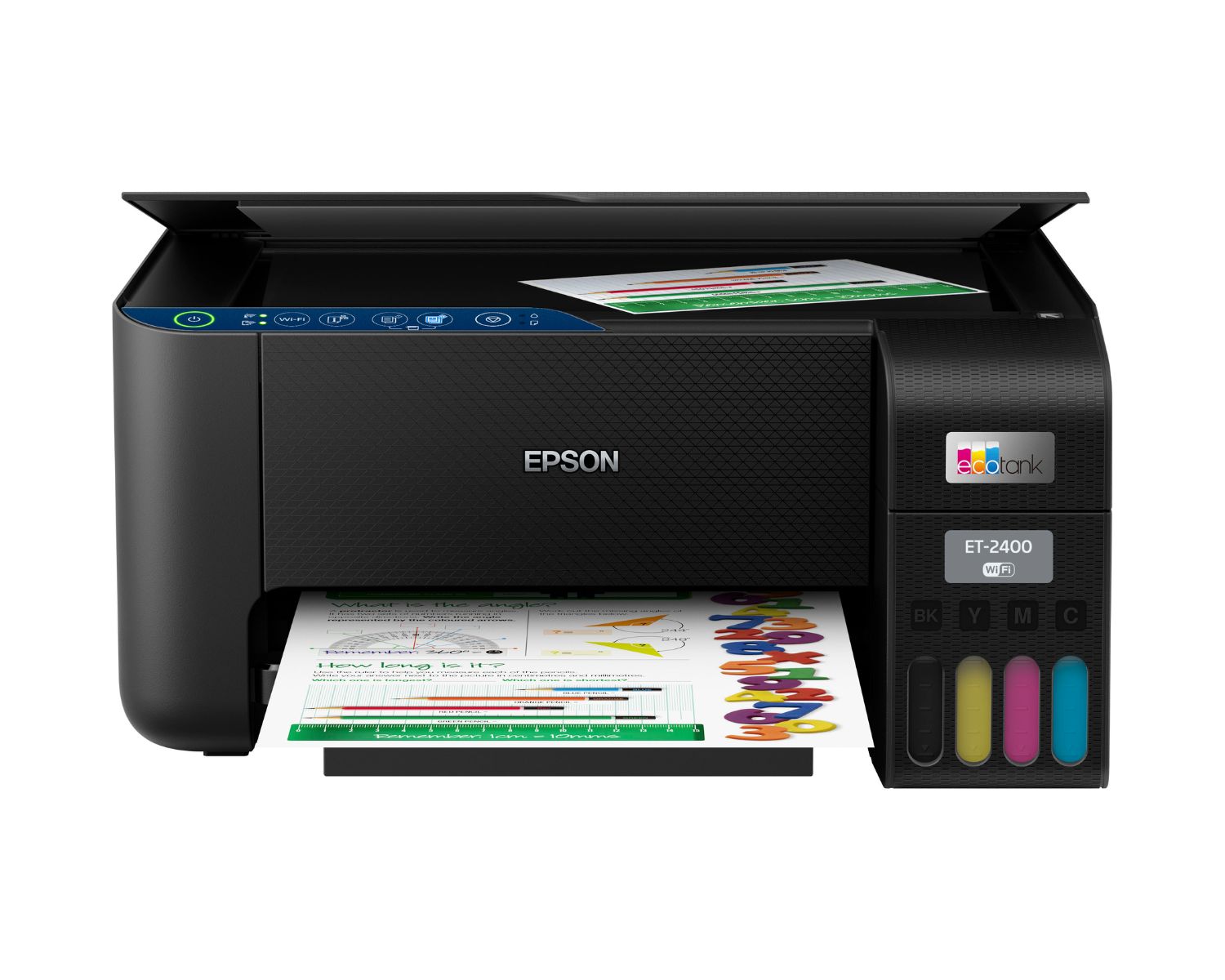
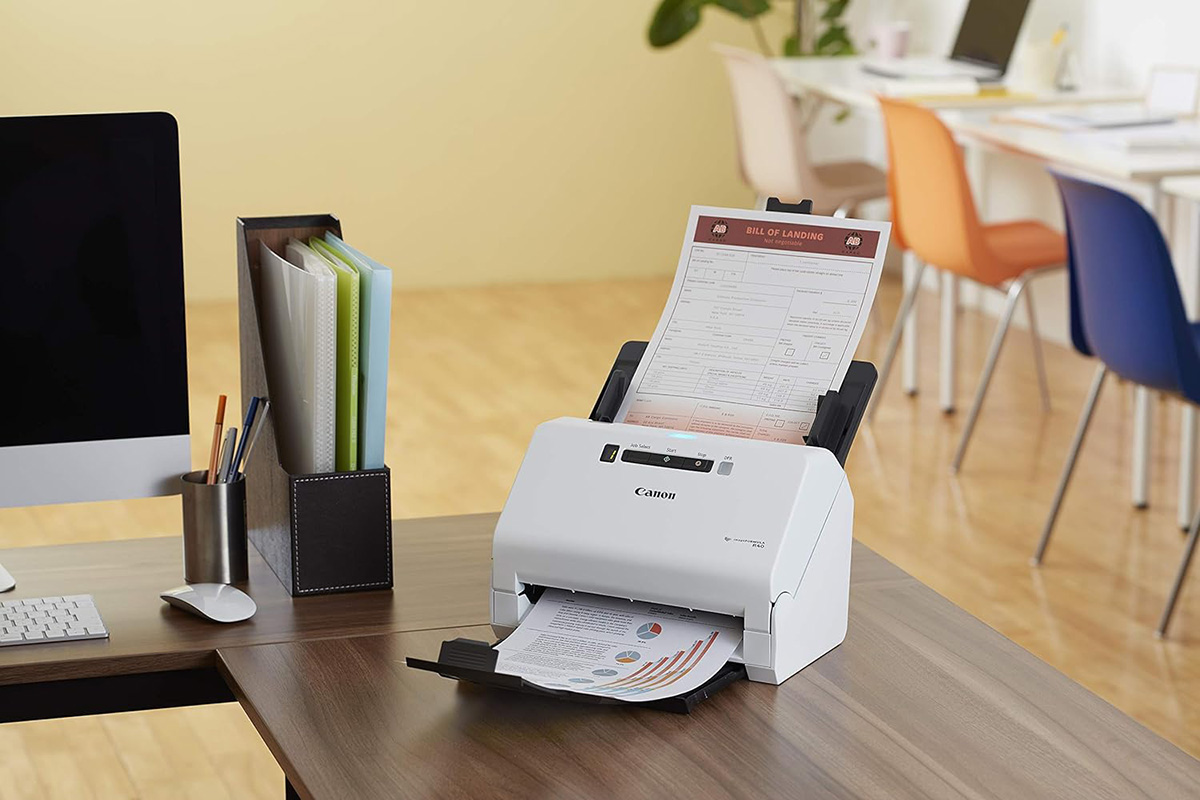

0 thoughts on “How To Scan Document On HP Printer”